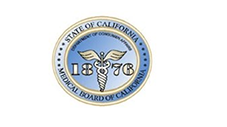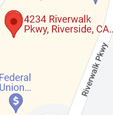Decortication
Pus in the chest or pleural cavity is called an empyema. The process starts with a bacterial pneumonia and associated parapneumonic effusion becoming secondarily infected. Parapneumonic effusions occur in 20-60% of patients hospitalized for bacterial pneumonia and 5-10% of patients will go on to develop empyema. Other causes for empyema include trauma, subphrenic abscess extension and post lung surgery bronchopleural fistula formation. The mortality rate associated with empyema can be as high as 25-75%.
Empyemas are classified into three stages: exudative, fibropurulent, and organized. Drainage by thoracentesis (needle) or thoracostomy (chest tube) is more successful for early or exudative stage empyemas. Surgical therapy with drainage of the effusion, removal of the pus and "peel" over the trapped lung is called decortication and is the most effective therapy usually required for fibropurulent and organized empyemas. Traditionally, surgery required a large thoracotomy with significant complication risks that was not tolerated by elderly debilitated patients. Currently, decortication for empyema can be performed successfully using a minimally invasive approach with video assisted thorascopic surgery (VATS). The VATS approach allows reduced hospital stay, faster recovery, and allows surgery for older sicker patients who would not otherwise be candidates for the more invasive traditional open surgery.



















